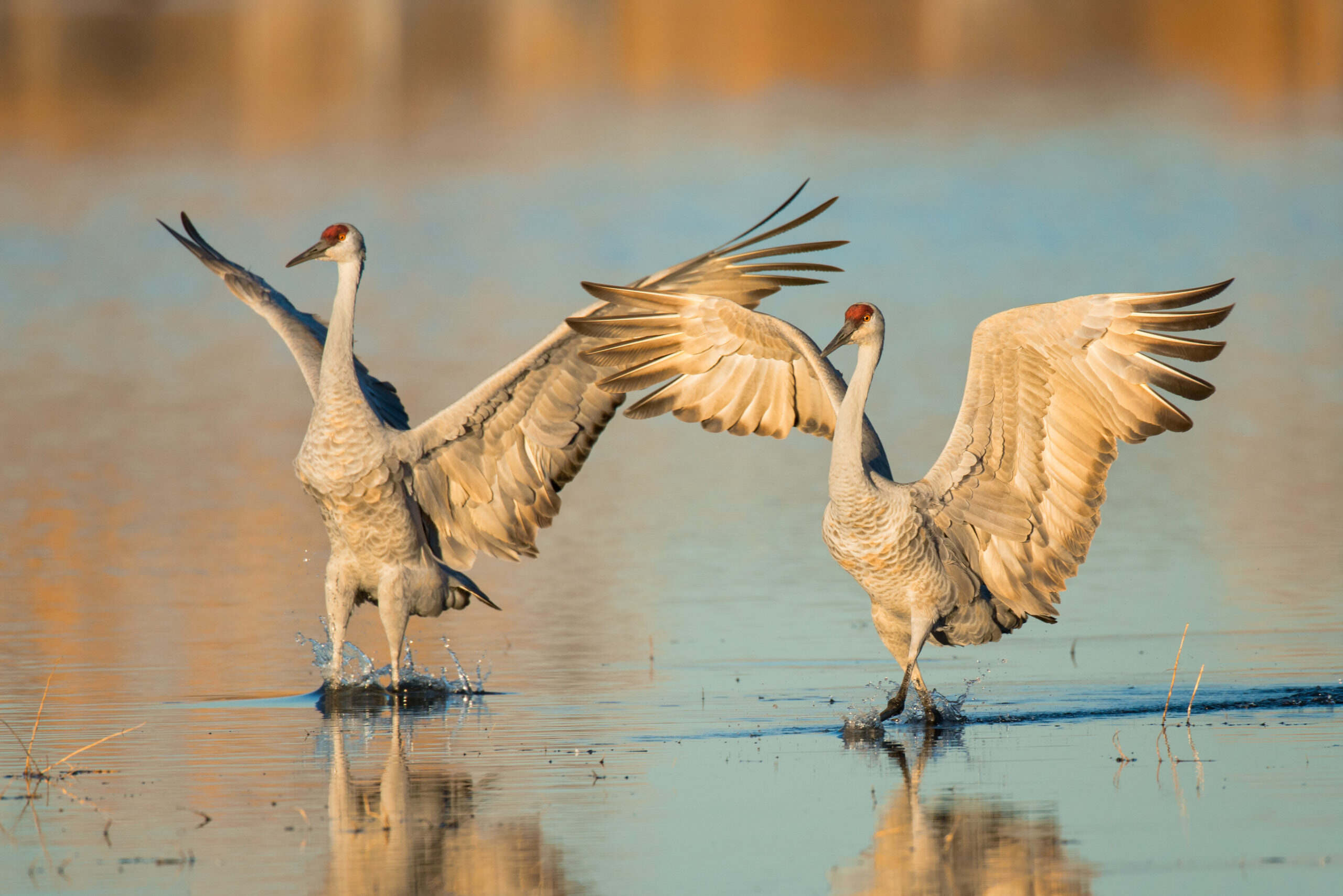Secrets Of Nebraska’s Sandhill Crane Staging Areas

Have you ever wondered where to witness one of nature's most incredible spectacles? Nebraska's Sandhill Crane staging areas offer a breathtaking experience. Each spring, over half a million Sandhill Cranes converge on the Platte River Valley, creating a mesmerizing sight. These majestic birds stop here to rest and refuel during their migration north. The best time to visit is from late February to early April. Bring your binoculars and camera to capture the awe-inspiring moments as thousands of cranes take flight. Whether you're a bird enthusiast or just love nature, this is an event you won't want to miss.
Discovering Nebraska's Sandhill Crane Staging Areas
Nebraska's Sandhill Crane staging areas are a sight to behold. Every spring, thousands of these majestic birds gather in the state, creating a spectacle that draws birdwatchers and nature enthusiasts from all over. Let's explore some of the best spots to witness this natural wonder.
Platte River Valley
The Platte River Valley is one of the most famous staging areas for Sandhill Cranes. The wide, shallow river provides an ideal habitat for these birds to rest and refuel during their migration.
- Rowe Sanctuary: Located near Gibbon, this sanctuary offers guided tours and viewing blinds for an up-close experience with the cranes.
- Fort Kearny State Historical Park: This park provides excellent viewing opportunities from its bridges and trails.
- Crane Trust Nature & Visitor Center: Situated near Wood River, this center offers educational exhibits and guided crane tours.
Central Flyway
The Central Flyway is a major migration route for Sandhill Cranes. Nebraska's central region offers several prime viewing locations where you can see thousands of cranes in one place.
- Alda Roadside Viewing Area: Just west of Grand Island, this area provides a great spot to see cranes feeding in the fields.
- Gibbon Bridge: This bridge over the Platte River is a popular spot for crane watching, especially at sunrise and sunset.
- Mormon Island State Recreation Area: Located near Grand Island, this area offers both camping and crane viewing opportunities.
Rainwater Basin
The Rainwater Basin is a crucial stopover for migrating Sandhill Cranes. The wetlands here provide essential food and rest for the birds during their long journey.
- Harvard Waterfowl Production Area: This area near Harvard is a prime spot for seeing cranes in their natural habitat.
- Massie Waterfowl Production Area: Located near Clay Center, this area offers excellent birdwatching opportunities.
- Hansen Waterfowl Production Area: Near Hansen, this area is another great spot to see cranes and other migratory birds.
North Platte River
The North Platte River also serves as a staging area for Sandhill Cranes. The river's wide, shallow waters and surrounding fields make it an ideal location for crane watching.
- North Platte I-80 Lakes: These lakes near North Platte provide a great spot for seeing cranes and other waterfowl.
- Buffalo Bill Ranch State Historical Park: Located near North Platte, this park offers both historical attractions and crane viewing opportunities.
- Sutherland Reservoir State Recreation Area: This area near Sutherland is another excellent spot for birdwatching.
Western Nebraska
While most crane staging areas are in central and eastern Nebraska, western Nebraska also offers some unique opportunities to see these magnificent birds.
- Lake McConaughy: This large reservoir near Ogallala is a popular spot for birdwatching, including Sandhill Cranes.
- Crescent Lake National Wildlife Refuge: Located near Oshkosh, this refuge provides a more remote and tranquil setting for crane viewing.
- Wildcat Hills State Recreation Area: Near Gering, this area offers stunning landscapes and opportunities to see cranes during migration.
Embrace the Magic of Nebraska's Sandhill Cranes
Nebraska's Sandhill Crane staging areas offer a unique experience. Witnessing thousands of cranes gather along the Platte River is unforgettable. The sight of these majestic birds dancing and calling is a spectacle you won't want to miss.
Plan your visit during the peak migration season, typically late February to early April. Bring binoculars and a camera to capture the stunning views. Local guides can enhance your experience with their knowledge of crane behavior and the best viewing spots.
Respect the natural habitat by keeping a safe distance from the birds. This ensures their safety and preserves the environment for future visitors.
Whether you're a bird enthusiast or just looking for a unique adventure, Nebraska's Sandhill Crane staging areas promise an awe-inspiring experience. Don't miss the chance to connect with nature in a truly special way.

